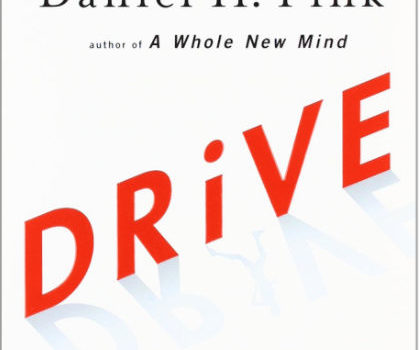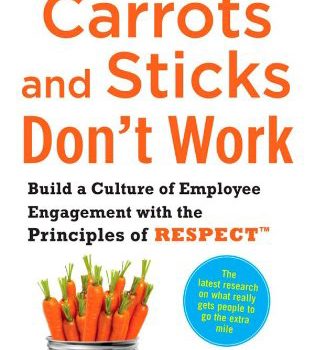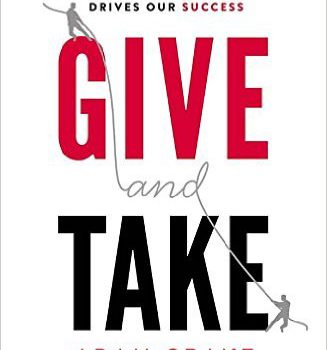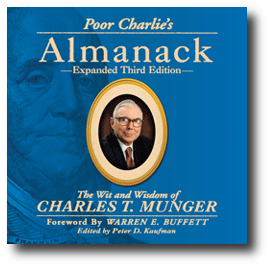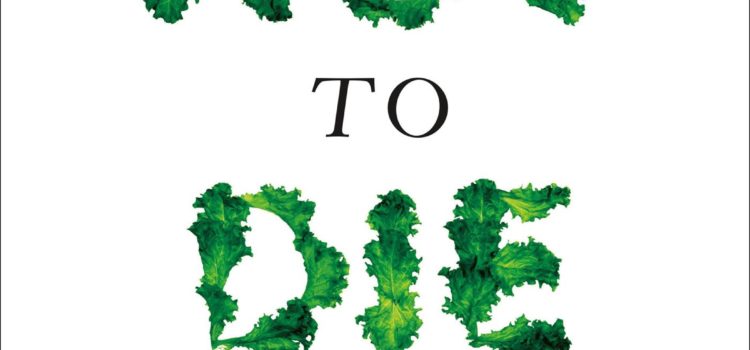Are you feeling unmotivated in your job and life? Are you finding your current goals unsatisfying to work toward?
Drive, by Daniel Pink, believes that your work structure is to blame. Historically, employers have motivated employees through financial rewards and kept workers on a tight leash. These principles worked well when people were primarily working in assembly lines, but today’s creative work demands more: autonomy, mastery, and purpose.
In this Drive summary, you’ll learn:
- Why financial rewards can lower your motivation and tempt cheating
- How every human, including you, is motivated by autonomy, mastery, and purpose
- Why some companies give unlimited vacation days and pay you to work on personal projects
- Why paying people to donate blood actually reduces donation rate
- How to convince your boss to adopt changes and give you more freedom
